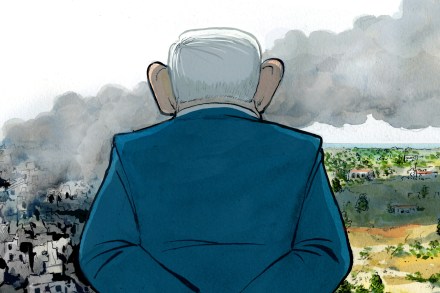Plan Bibi: stalemate suits Netanyahu
48 min listen
Welcome to a slightly new format for the Edition podcast! Each week we will be talking about the magazine – as per usual – but trying to give a little more insight into the process behind putting The Spectator to bed each week. On the podcast this week: plan Bibi In the early hours of Friday morning, Benjamin Netanyahu leaked his ‘Day after Hamas’ plan for post-war Gaza. But the plan is not a plan, writes Anshel Pfeffer – it is just a set of vague principles that do not stand up to the slightest scrutiny. Its sole purpose is rather to keep the ministers of Netanyahu’s fragile cabinet together to ensure







